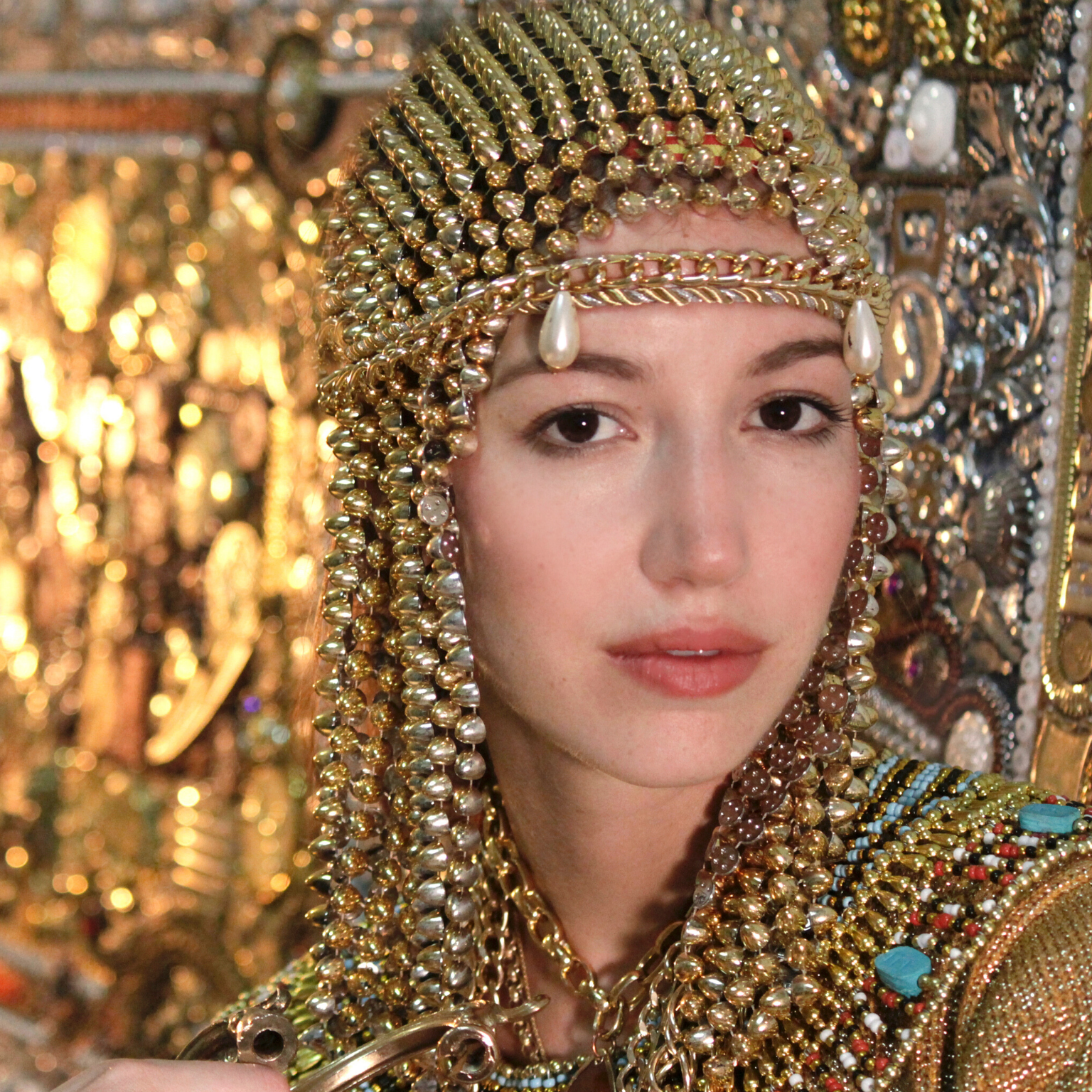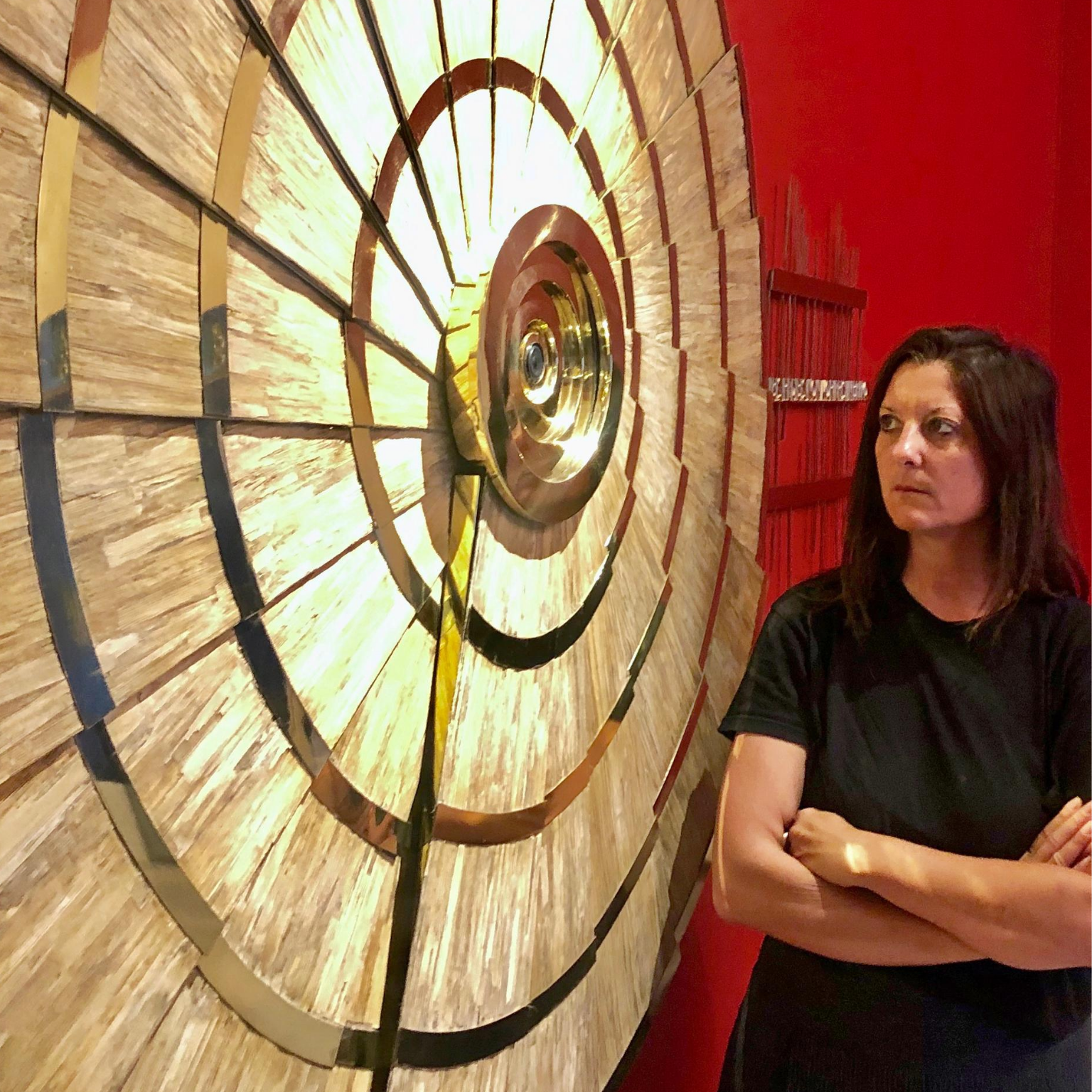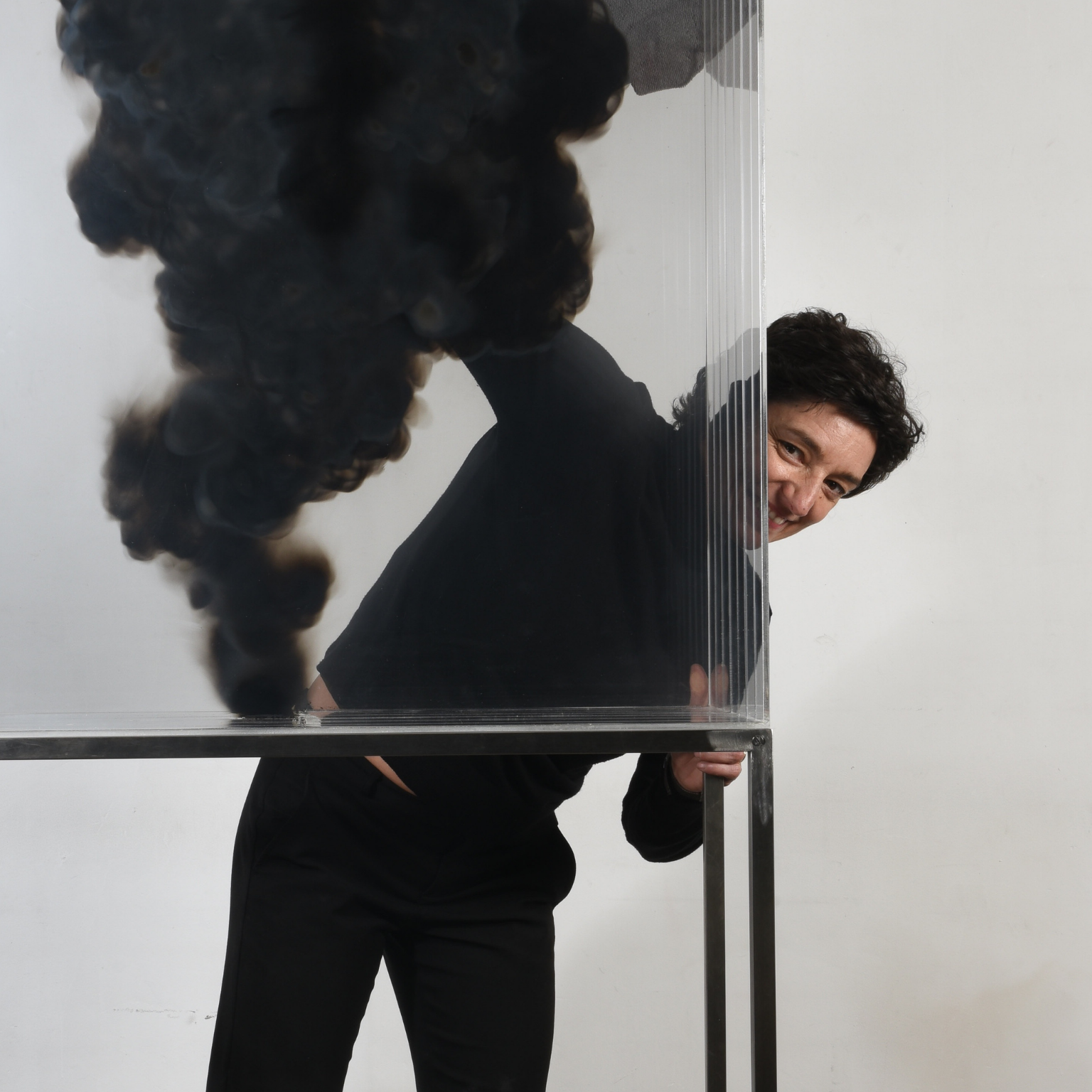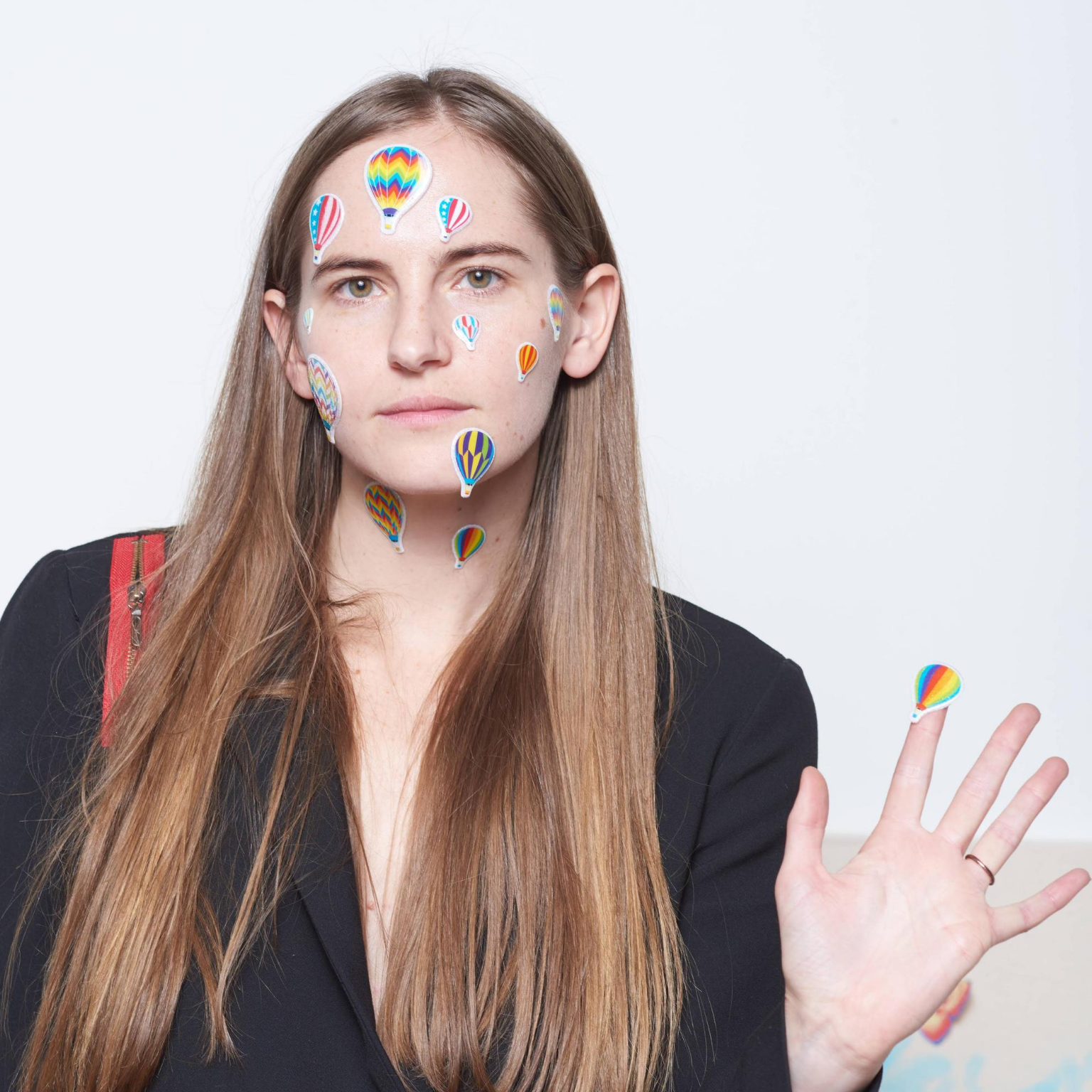Elisa Insua, visual artist, working and living in Buenos Aires. Photography © Luisana Bertorelli / Art Director, Elisa Rodriguez C.
1.Could you introduce yourself and the purpose of your artistic work?
I am a visual artist from Buenos Aires, Argentina. I work with discarded materials creating large assemblage-collages, sculptures, and installations. Combining my background in Economics and Business with my artistic practice, my work reflects upon consumerism, capitalism, ecology, and human insatiability.
It is my dream that my work can create enough awareness to drive single-use plastics to extinction and to help promote a more ethical and responsible form of capitalism.
2.How important are social networks in your work?
Social networks are crucial for my practice mainly because the public completes my work and is fundamental to spread the ideas, reflections, questions, and concepts posed in my creations. Besides, as my work is made up of all sorts of discarded objects donated by households and companies, my followers, friends, and family and like-minded businesses become cornerstones of my practice.
3.Could you share with us the impact of the crisis on the promotion of your work and the way you are facing this situation?
My artworks are mainly intended to be viewed in person, as they are best appreciated when moving up close and then stepping back, discovering the component objects, and developing both a mental, intellectual and spiritual connection with the piece.
With all physical exhibitions canceled worldwide, and access to my studio prohibited in Buenos Aires, I have switched to producing artwork at home with what I have (drawing, painting and creating small, intimate collages and sculptures), while also using this time to plan future works, focusing on research, and relaunching my website. I have also been trying to inspire and connect with my followers by giving virtual workshops on ‘how to create art with what we have at home’.
Actually, one of my workshops was shared by more than six museums of Buenos Aires on their social media!
And, last but not least, I have been trying to encourage my public to seize this opportunity of stillness to re-think our global economies so that the “new normality” that we go back to is a more human, ethical and responsible one.
4.What’s your favourite museum and why?
My favourite museum is the Museo de Arte Moderno de Buenos Aires (MAMBA). Housed in a former tobacco factory in the charming neighborhood of San Telmo, it is a public institution which in the last years has been showing the work of really interesting artists from Argentina (some of them mid-career) and making a very fruitful effort to make those works intellectually accessible to the general public. I consider MAMBA to be a great institution in democratizing art and spreading critical thinking while celebrating beauty and creativity through their very high-quality exhibitions.
Interview by Louise Coussieu Baylac, contributor
MORE
Elisa Insua on social networks: Instagram
Economic studies are based on a series of basic principles: one of them states that, for any given individual, “the more, the better”. Elisa’s work tries to push this axiom to the limit of excess and abundance, in order to tense it, question it or even defy it. Her pieces are about desire, opulence, ostentation, and luxury.
She applies the concept of the “hedonic treadmill” (the tendency of humans to return to a relatively stable level of happiness despite increases in wealth or the achievement of major goals) and the straight-forward myth of King Midas and his Golden Touch. Social ascent, the “American Dream”, economic inequality, endless irresponsible consumption and the effects of capitalism are also recurring themes.
Although she usually draws many elements from pop culture, she’s especially inspired by the rap and hip hop universe – with its explicit lyrics and its unapologetic loads of “bling”. Gold (as an element and as color) is also a persisting component of her work, both in relation to the sacred and the profane.



